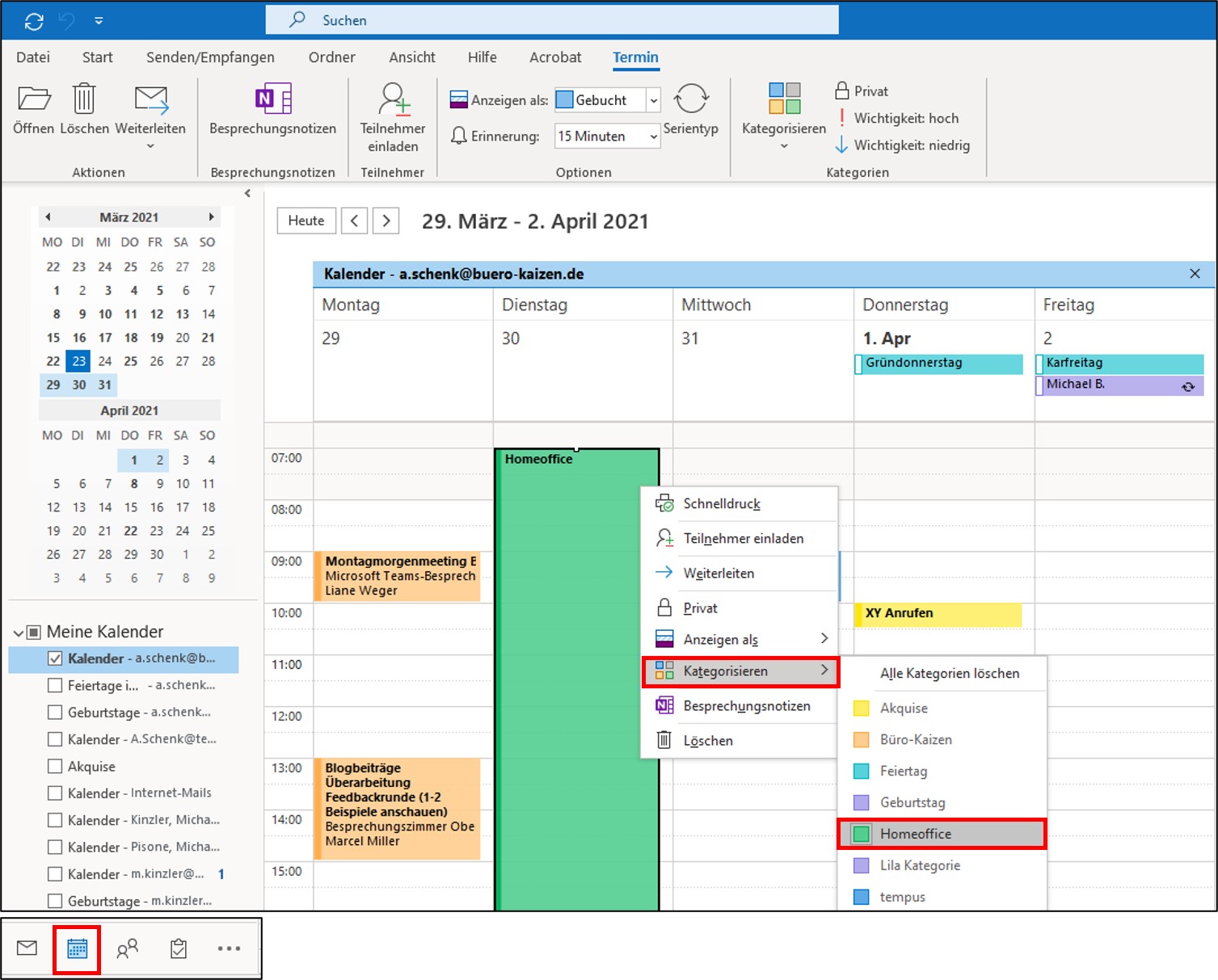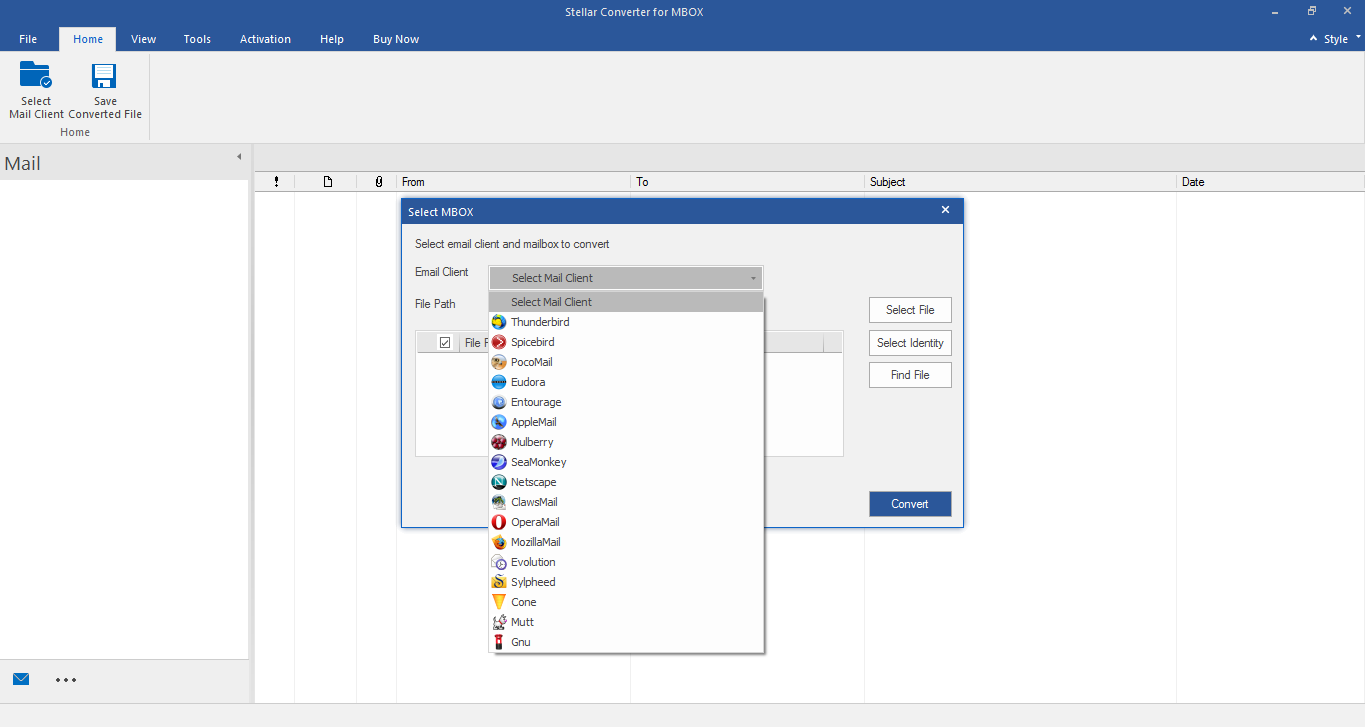
- #OUTLOOK FOR MAC 2001 MAC OS#
- #OUTLOOK FOR MAC 2001 INSTALL#
- #OUTLOOK FOR MAC 2001 UPGRADE#
- #OUTLOOK FOR MAC 2001 FULL#
Verify that the name of your Microsoft Windows NT, Windows 2000, or Windows 2002 Server is the same for both Windows and Macintosh users. You will need to know the name of your AppleTalk zone to connect to the Exchange Server. In the case above, the Search domains box should contain "" (without the quotes).
#OUTLOOK FOR MAC 2001 MAC OS#
If you are having problems connecting to the server using TCP/IP, make sure that the Search domains box in the Mac OS TCP/IP control panel is filled in correctly with the proper DNS suffixes.
#OUTLOOK FOR MAC 2001 FULL#
You must be able to resolve the full DNS name of the Exchange Server in order to use TCP/IP with Outlook 2001. For example, if your Exchange Server is named, verify that you can connect to that server using standard TCP/IP tools, such as OTTool or MacPing. Verify that the computer running Outlook 2001 can access the Exchange Server by using its server name. We highly recommend using the default TCP/IP setting if possible. Be sure that your network is set up correctly for the protocol you intend to use. By default, profiles will use the TCP/IP protocol. You can specify, per profile, which protocol to use. Outlook 2001 can communicate with your Exchange Server using either the TCP/IP or AppleTalk network protocols. The Personal Address Book file will not be moved or deleted. Then, the Personal Address Book service will be removed from the profile. If you choose to do so, contacts will be created for each of the entries in the Personal Address Book, and placed in the Contacts folder.

If you have a Personal Address Book (.pab) file associated with your profile, you will be given the option to import those contacts into an Outlook 2001 Contacts folder and to remove the Personal Address Book file. In either case, a local copy of your Calendar data will be saved to a Schedule+ Interchange file (.sc2) and placed in the Microsoft Outlook 2001 folder. If you do not import your old data, it will not be visible in Outlook 2001. If Outlook Calendar data is associated with the profile, you will be given the option to import the Calendar, Tasks, and Contacts data into Outlook 2001. See the "Information for Outlook 2001 Beta Users" section below.) (Outlook 2001 Beta profiles will not be upgraded.
#OUTLOOK FOR MAC 2001 UPGRADE#
If a profile created using Microsoft Outlook 8.2 or earlier is detected, you will be prompted to upgrade this profile so that it can be used with Outlook 2001. If you are running other Microsoft programs when you run Outlook 2001 for the first time, Outlook might prompt you to restart your computer.Ģ.4 Upgrading from a Previous Version of Microsoft Outlook The first time you run Outlook 2001, a few required files will be copied to the System Folder on your local hard disk.

#OUTLOOK FOR MAC 2001 INSTALL#
To install Outlook 2001, drag the Microsoft Outlook 2001 folder from the download location or the CD to your hard disk. However, we recommend using Microsoft Exchange Server 5.5 or Microsoft Exchange 2000 Server because Outlook 2001 has been tested most thoroughly with these servers.Ģ.3 Installing Outlook 2001 Using Drag-and-Drop Install Outlook 2001 supports all versions of Exchange Server.

Processor: Power PC-based Macintosh computer.To use Outlook 2001, your computer must meet the following system requirements: Installing Outlook 2001 2.1 Minimum System Requirements Outlook 2001 contains fully-interoperable Outlook calendaring and task and contact management, integrated with best-of-breed messaging.įor more information on new features, see the "What's new in Outlook 2001 for Mac" topic in the online Help.Ģ. Outlook 2001 greatly improves interoperability between Outlook for Microsoft Windows and Outlook for Macintosh, as well as adding many highly-requested new features. 2.5 Connecting to an Exchange Server Using TCP/IP or AppleTalkĤ.


 0 kommentar(er)
0 kommentar(er)
